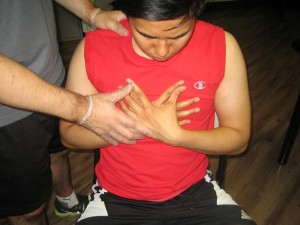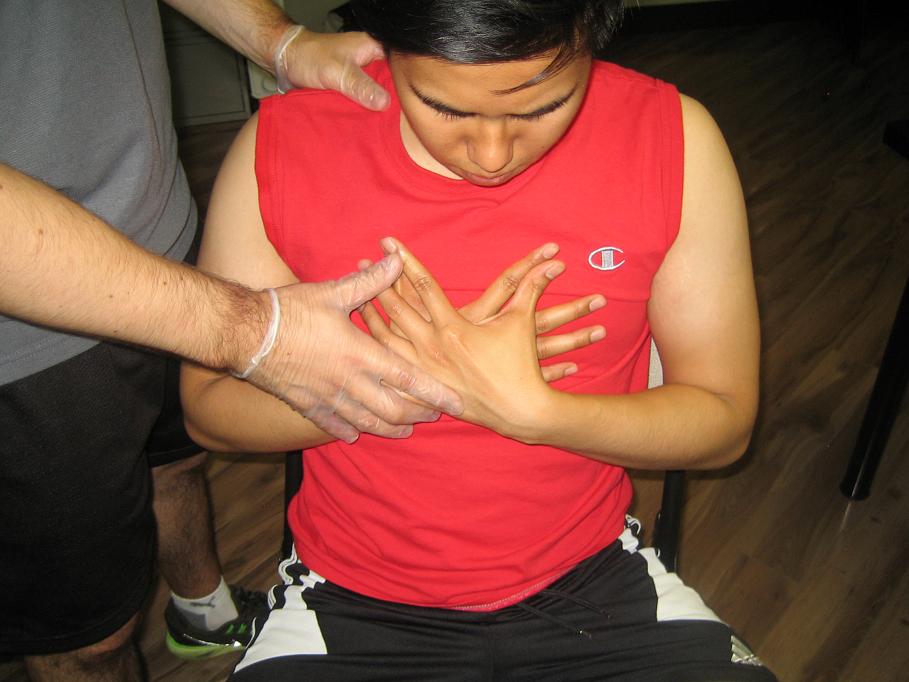Atrial flutter is a form of heart arrhythmia that is related in various ways to atrial fibrillation. When it comes to atrial flutter, it is characterized as extremely rapid electrical impulses originating from the atria which leads to an overall heart rate that is about half the atrial rate.
If an individual has atrial flutter, the atrial rate is usually around 300 beats per minute and the ventricular rate is approximately 150 beats in a minute. Since this type of arrhythmia starts in the atria, it is considered as a form of supraventricular tachycardia.
Close look on atrial flutter
Atrial flutter is a form of reentrant arrhythmia which occurs once an electrical impulse becomes “trapped” in a circuit inside the heart and starts spinning around that circuit. With this condition, the reentrant circuit is evidently large that is positioned inside the right atrium and follows a distinct path.

This is why the condition is suitable for ablation therapy. By producing a blockage in a location inside the path, the reentrant circuit can be disrupted and atrial flutter could no longer occur.
What are the symptoms?
The fast heart rate typically produced by atrial flutter often leads to evident dizziness, palpitations, dyspnea and fatigue. Just like with most reentrant arrhythmias, the episodes usually come and go abruptly and unexpectedly.
If an individual with atrial flutter also has coronary artery disease, the fast heart rate places significant stress on the heart muscle that results to angina. The condition can also lead to abrupt worsening of the symptoms among those who have heart failure.
Why is it a concern?
Since the symptoms produced can be unbearable, atrial flutter might be a significant arrhythmia even if it causes dizziness, palpitations and dyspnea.
The main issue linked to atrial flutter is that the arrhythmia can cause thrombus formation in the atria. These blood clots can break loose and trigger strokes. Individuals who have the condition face a higher risk for a stroke.
Additionally, the condition has the tendency to be a “bridge” arrhythmia to atrial fibrillation. It simply means that those who have the flutter often develop chronic atrial fibrillation.
Who are at risk?
Even though anyone can develop atrial flutter, it is not considered as a common arrhythmia. It is considered uncommon than atrial fibrillation.
Individuals who are likely to end up with flutter include those who are obese or have sleep apnea, lung disease, sick sinus syndrome, hyperthyroidism and pericarditis. Additionally, it is also seen among those who have undergone recent heart surgery.

